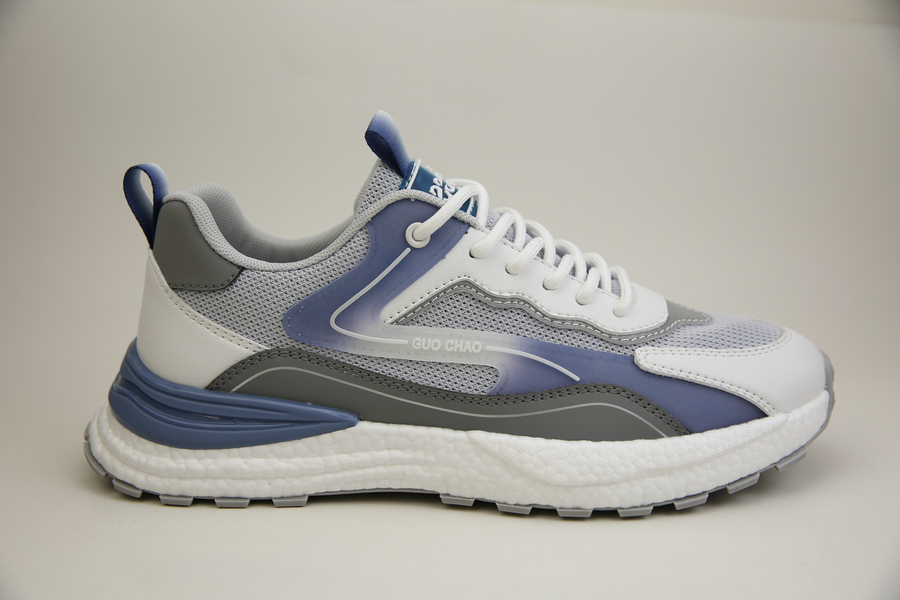The Evolution and Future of Rubber Boot Manufacturers
Rubber boots, often synonymous with functionality and durability, have significantly evolved over the years. Originating from the need for waterproof footwear, rubber boots have transcended their basic utility to become essential items in various industries, including agriculture, fishing, and construction. This article delves into the history, manufacturing processes, and future trends shaping the rubber boot industry while highlighting the key manufacturers who have propelled its evolution.
Historical Background
The journey of rubber boots can be traced back to the early 19th century when Charles Goodyear developed the vulcanization process. This innovation allowed rubber to be molded and hardened, paving the way for the production of more durable footwear. Initially, rubber boots were used mainly for agricultural purposes, providing necessary protection against mud and water. Over the years, as industries expanded and diversified, so did the demand for specialized rubber boots, leading to a boom in the rubber boot manufacturing sector.
The Manufacturing Process
Rubber boot manufacturing involves several steps, from material selection to finishing touches. The primary material used in rubber boot production is, unsurprisingly, rubber, often combined with other materials to enhance certain properties such as insulation and durability.
1. Material Selection Manufacturers typically use natural rubber or synthetic alternatives. Natural rubber, derived from the sap of rubber trees, offers excellent elasticity and waterproofing. Conversely, synthetic rubber, created through chemical processes, provides additional benefits, including greater resistance to wear and tear.
2. Molding The rubber is heated and molded into the desired shape and size, often using the injection molding process which allows for precise design and reduced production time.
3. Curing After molding, the boots go through a curing process, often referred to as vulcanization, where they are subjected to heat and pressure to enhance their durability and flexibility.
4. Finishing Finally, manufacturers add features such as linings for comfort, reinforcements at stress points, and treads for enhanced grip. The boots may also be custom-designed to cater to specific industries, such as chemical resistance for industrial workers or thermal insulation for winter wear.
Leading Rubber Boot Manufacturers
Several companies have made a mark in the rubber boot market, each contributing uniquely to its growth
. Notable names includerubber boot manufacturers

- Hunter Boot Ltd Founded in Scotland in 1856, Hunter is globally recognized for its stylish yet functional rain boots. The company's commitment to quality and design has set a benchmark in the industry.
- Aigle Aigle, a French brand, specializes in handcrafted rubber boots that combine traditional craftsmanship with modern design. Their boots are particularly popular among outdoor enthusiasts.
- Bogs Launched in 2002, Bogs has carved out a niche in the market for durable, insulated rubber boots suitable for extreme weather conditions. Their innovative designs prioritize both functionality and comfort.
These manufacturers have not only maintained high-quality standards but have also played a crucial role in promoting sustainable practices in the industry.
Future Trends and Innovations
As consumer preferences shift towards sustainability and ethical production, rubber boot manufacturers are increasingly adopting eco-friendly practices. This includes utilizing recycled materials, reducing carbon footprints, and ensuring fair labor practices. Moreover, advancements in technology are leading to innovations in boot design and functionality.
1. Eco-friendly Materials Manufacturers are exploring biodegradable and low-impact rubber alternatives to appeal to environmentally conscious consumers.
2. Smart Technology Integration The future may also see the integration of smart technology in rubber boots, such as built-in GPS for hikers or moisture sensors for agricultural use.
3. Customization With advancements in 3D printing, customization of rubber boots according to individual needs is becoming feasible, allowing consumers to design boots that meet their specific requirements.
Conclusion
The journey of rubber boot manufacturers is a testament to human ingenuity and adaptability. From basic waterproof footwear to sophisticated, environmentally conscious products, the evolution of rubber boots reflects broader trends in society and industry. As technology advances and consumer preferences change, rubber boot manufacturers are poised to innovate further, ensuring that these timeless pieces of footwear continue to serve their critical roles in various sectors while embracing sustainable practices for a better tomorrow. In this ongoing evolution, the rubber boot industry stands not only as a symbol of resilience and adaptability but also as a beacon for a more sustainable future.
-
Stay Dry in Any Condition with WadersNewsJul.17,2025
-
Elite Performance with Camouflage Combat BootsNewsJul.17,2025
-
Dry and Comfortable with Green Rubber Garden ShoesNewsJul.17,2025
-
Convenient Protection with Foldable RainbootsNewsJul.17,2025
-
Comfort and Protection with Neoprene Work BootsNewsJul.17,2025
-
Brighten Rainy Days with Floral Rain BootsNewsJul.17,2025
-
Safety Wellies: The Ultimate Combination of Protection, Comfort, and VisibilityNewsJun.19,2025











